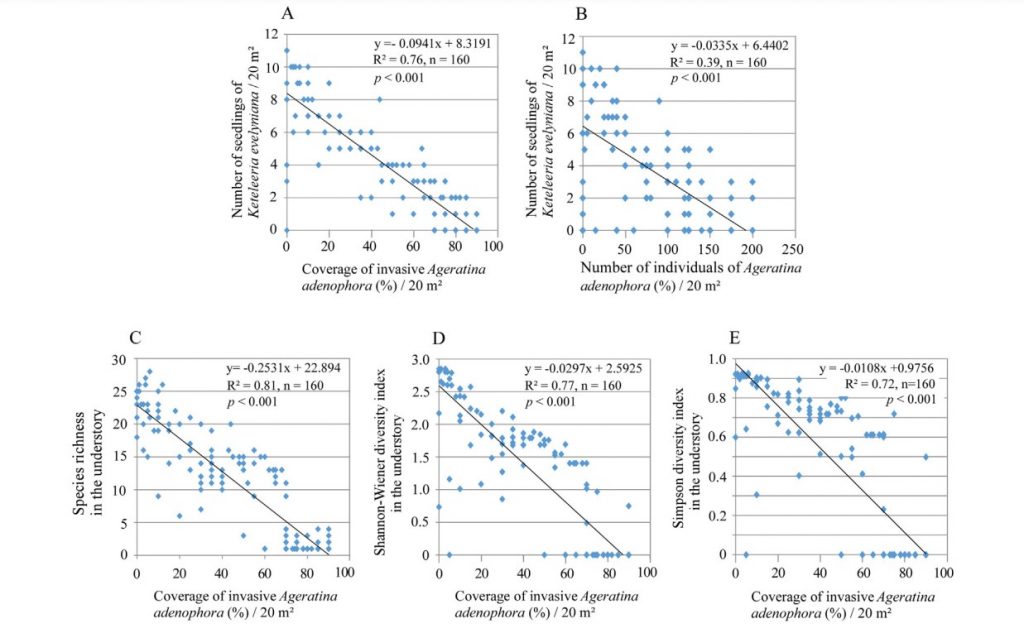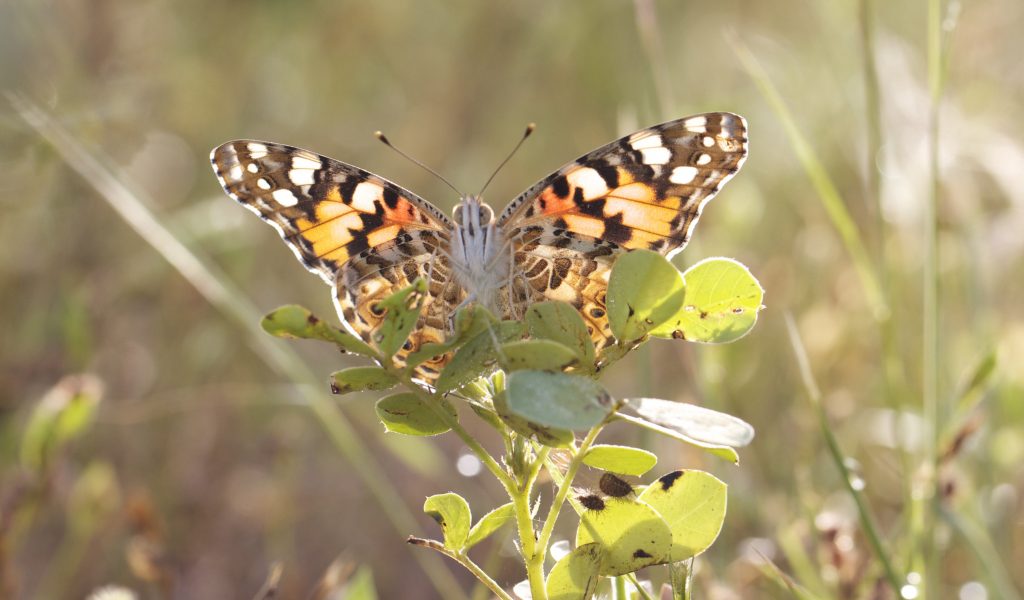New research on China’s relict plant lineages published with IBB participation
China is notable for maintaining a rich flora with origins dating back millions of years, which survived global cooling during the latter half of the Neogene. While this cooling led to the extinction of numerous plants in regions such as Europe and North America, the existence of climatic refuges with relatively stable conditions in East Asia allowed many of these lineages to survive and persist.
The latest issue of the prestigious journal Plant Diversity has published two studies on China’s relict lineages, featuring contributions from researchers at the Botanic Institute of Barcelona (IBB). These studies are a continuation of a collaboration spanning over 15 years with Chinese researchers.
Study on the genus Dipteronia
The first article focuses on understanding the genetic structure of the only two taxa within the genus Dipteronia, which originated in the Palaeocene and once had a widespread distribution in North America. This study, which includes modelling and comparative ecological niche analysis as well as landscape connectivity analysis, was made possible thanks to the predoctoral research stays of three Chinese students at the IBB, which were interrupted by the COVID-19 pandemic.
The findings confirm that Dipteronia sinensis and D. dyeriana, two taxa that have sometimes been considered subspecies, are in fact distinct species due to their clear genetic and ecological divergence. In the case of D. sinensis, an initial speciation process has been identified between its eastern and western populations. However, this process has not progressed further due to the presence of a dispersal corridor that has connected both lineages since the Pliocene.

Impact of invasive species on the relict forests of Keteleeria
This article highlights the threat posed by invasive species to China’s relict flora, particularly the Mexican plant Ageratina adenophora, in the forests of Keteleeria evelyniana (a species belonging to a genus that originated in the Eocene). Based on 160 floristic inventories conducted in three provinces in southwest China, the study demonstrates that Ageratina adenophora impedes the regeneration of Keteleeria and also reduces species richness in the understorey.
The phylogenetic community analysis (which includes 338 taxa) reveals that native and invasive species are phylogenetically distant. This supports Darwin’s naturalisation hypothesis, which posits that reduced competition facilitates the adaptation of invasive species.
Furthermore, the study of growth rings in K. evelyniana (using dendrochronology) indicates that these trees are currently growing at a faster rate, possibly in response to global warming.

















